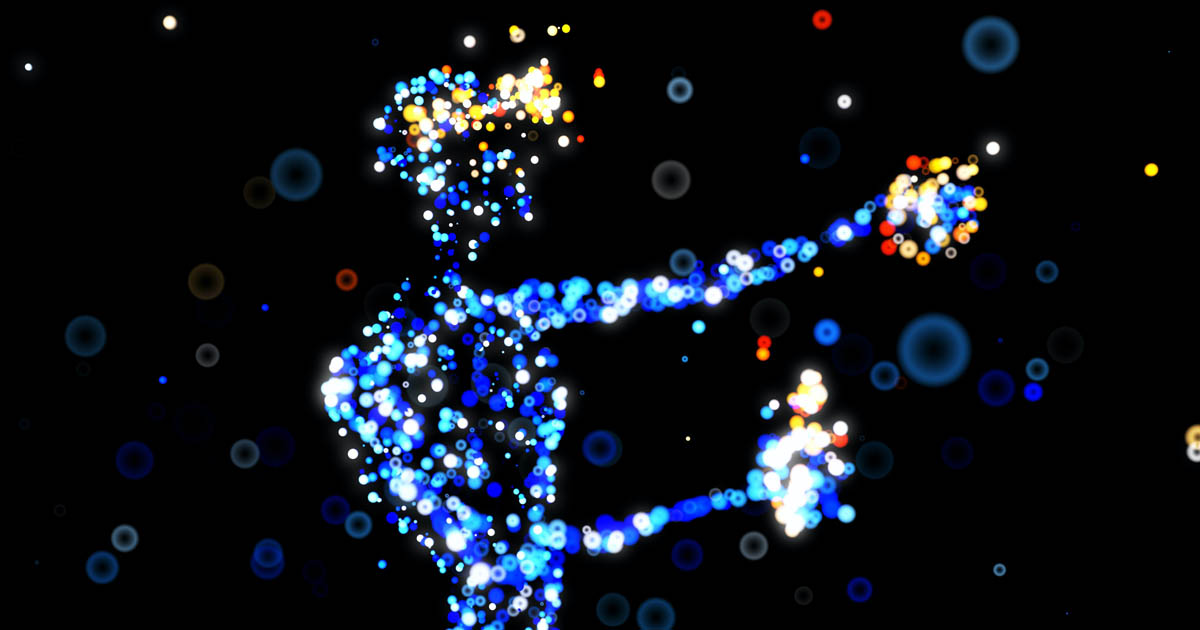The visual media company Getty, a well-known provider of journalistic photography and stock images, has just declared that it will prohibit artificial intelligence artwork, claiming copyright difficulties. But is this the right decision if AI won the first prize in the annual Colorado State Fair’s art competition this year and the Bucharest Bienniale was curated by an artificial intelligence program?

In response to mounting concerns from some groups and arts organisations which are worried that AI may take over the world, smaller image and content websites like Newgrounds and PurplePort have already implemented similar bans. Getty has joined this group and decided to intensify the oversight of photographs created by artificial intelligence on its platform; any photographs created with software like Stable Diffusion, DALL-E 2, and Midjourney will be prohibited.
The legal battle surrounding the matter has not yet been resolved, thus it is unclear if an AI work of art may be recognised as fully-fledged and protected by copyright. Works of art are most often categorised as valuables, but for an object to be considered a work of art, it must show proper provenance (i.e., its author is a recognised artist, or the work was created on his or her instructions), value and, of course, authenticity. So, what about AI artwork – is it real art that can be protected by the law and insurance? This topic has already been addressed through the prize-winner at the annual State Fair's art competition in Colorado – a digital collage created by artificial intelligence.
The piece, “Théâtre d'Opéra Spatial”, is credited to ‘Jason Allen via Midjourney’, thus naming both the software used to combine the pictures and the artist who submitted the final product for consideration. The end effect is an elaborate baroque scene with classical sculptures and a heavenly light that seems oddly familiar. Reviewers were quick to point out that the winning entry was constructed by merging photos in a style that was more evocative of remixing than original production or creativity.
Could the verdict be considered controversial? The rules of the competition allow for any 'artistic practice that uses digital technology as part of the creative process or presentation of the work,' with the artist himself commenting that, in his view, artificial intelligence is a tool for the digital artist in the same way that a brush is a tool for the painter.
But not only artists might worry that artificial intelligence could undermine them. The Bucharest Bienniale, organised earlier this year, was planned by an AI program named Jarvis. Jarvis was developed by Deraffe Wien under the direction of Romanian software developer Răzvan Ionescu, who coded the algorithm to choose artists and create a curatorial concept based on a set of criteria related to a chosen theme.
It is clear that nowadays AI is a much more complex topic than it used to be. On one hand we are excited about the possibilities that come with AI. On the other, we fear that it might harm us. With this in mind we are working more and more on such topics as the interpretability of AI. There are three key concepts that we usually look at: fairness, accountability and transparency, that can be translated into the simple terms of biased or not, who or what and how or why. Accountability is at the heart of the topic. Thinking in terms of what art can be used for and how it can impact humans, it’s no wonder that without proper traceability (which is a topic of the future) we do not want to have the machines taking over. On the other hand, the fact that we need everything to be interpretable to us means we might be missing out on something revolutionary. And AI won’t reshape our societies overnight - some of these things are 50-100 years away – says Paweł Bulowski, Senior Project Manager, AI & Data Division at ET&S S.A.
The process of shaping the legal position of works created by artificial intelligence continues. Therefore, until a unified declaration is made as to whether we can define them as fully-fledged works of art, we are left to simply marvel at the possibilities of current technology.
Most popular